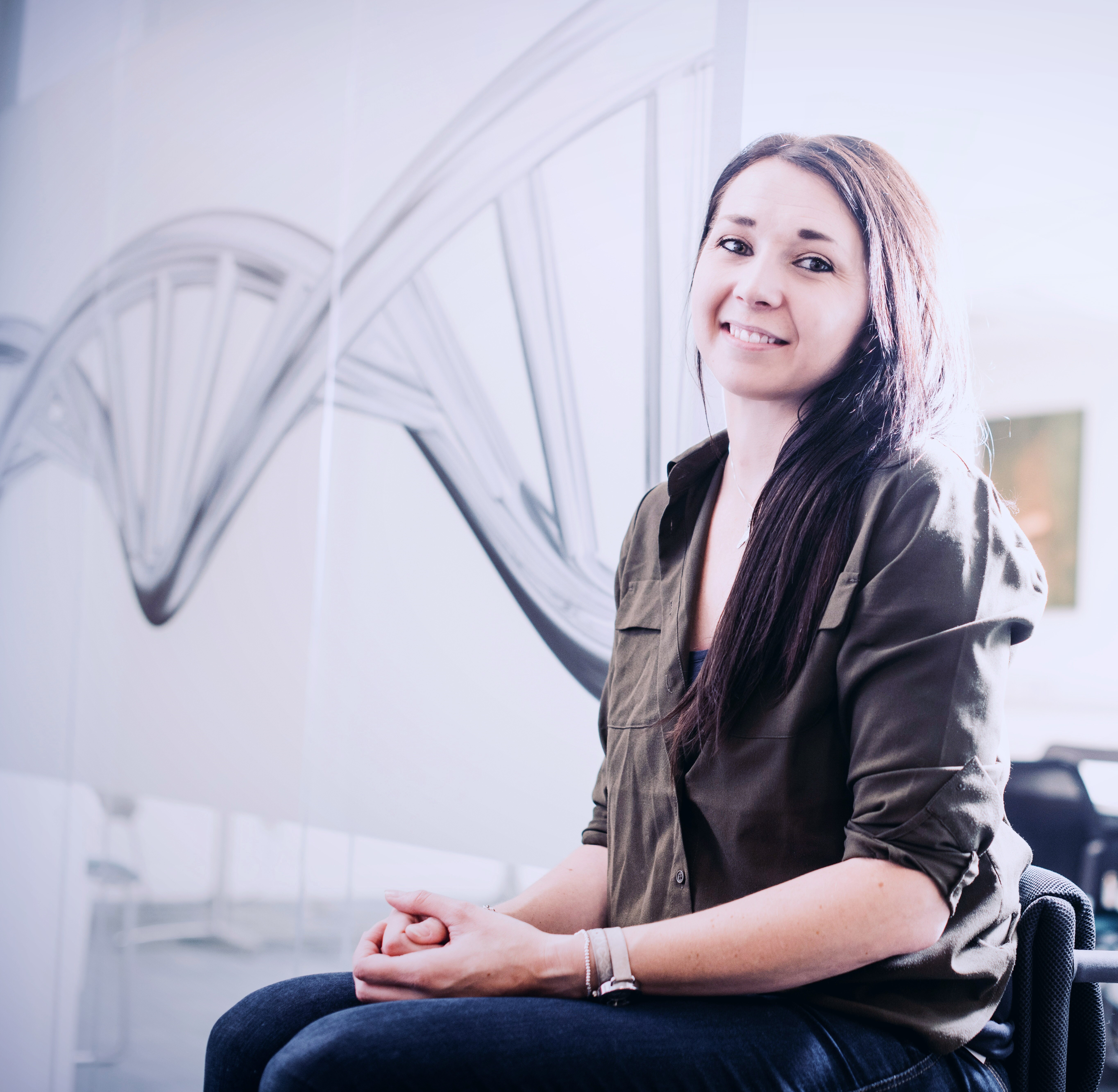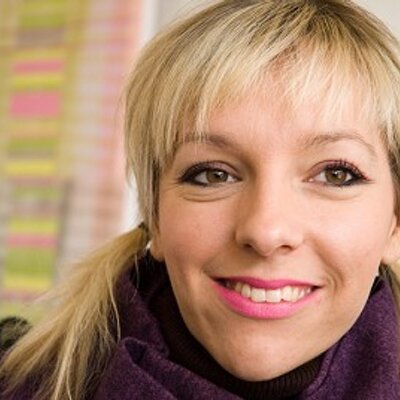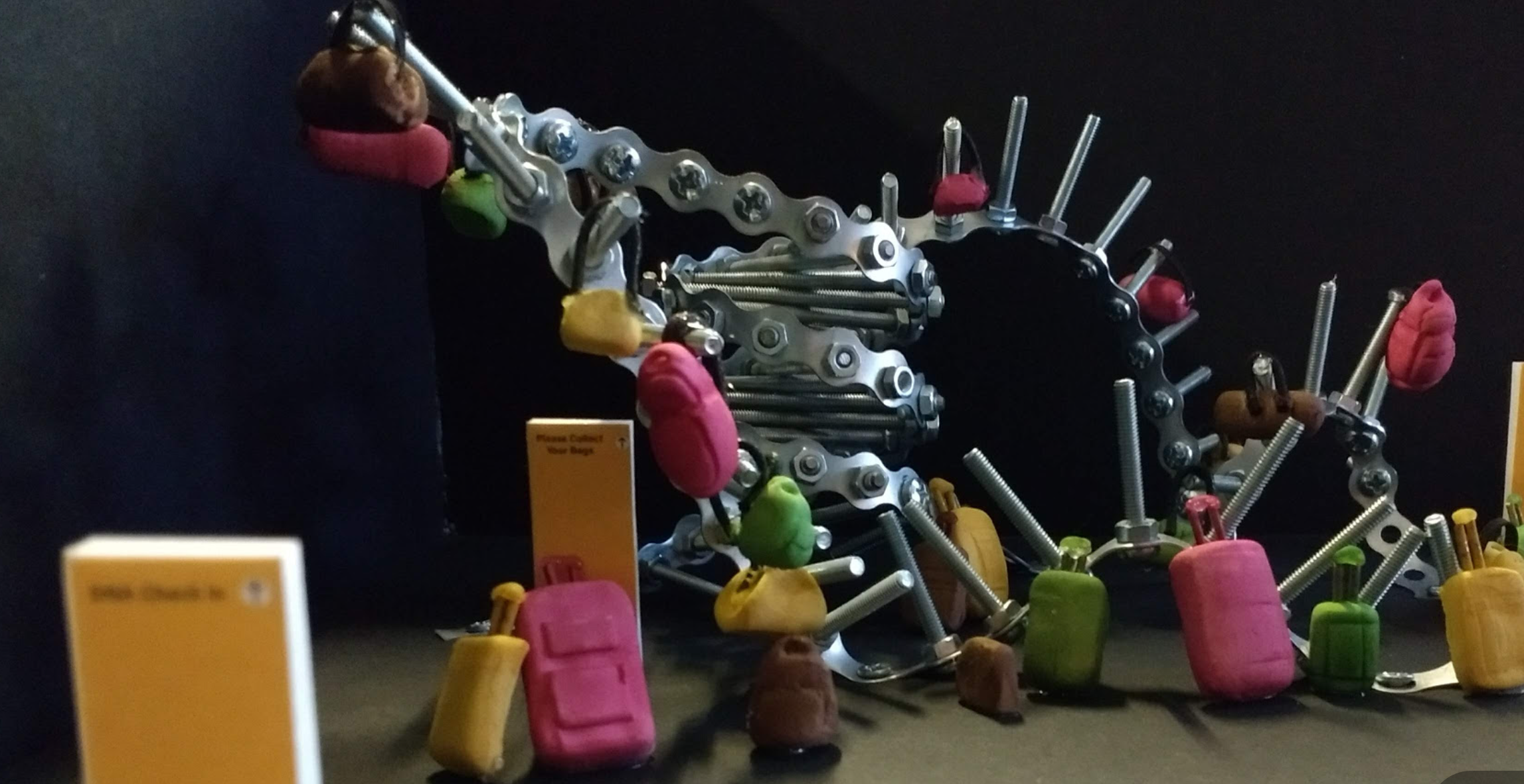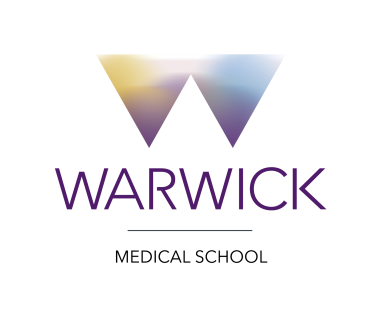I:DNA Project Creators and Collaborators
Professor Felicity Boardman (WMS)
Felicity is the lead for both the Imagining Futures research programme and I:DNA. Felicity's research explores the wide-ranging ethical and social impacts of genetic technologies. Through her research, Felicity has highlighted the importance of including the views of people with 'lived experience' of genetic conditions in debates around genetics. As part of this, Felicity regularly provides her expert opinion to Government bodies (e.g. UK National Screening Committee) during their reviews of policies related to genetics.
Felicity created the I:DNA project because she feels passionately about the importance of bringing these debates to as wide an audience as possible. As genetic technologies and screening are increasingly being interegrated into routine healthcare, more and more people will be faced with making decisions about their, and their family's, futures based on the results of genetic tests.
You can see Felicity's staff page here (with a list of all Felicity's publications) and read more information about the start of Imgaining Futures here. You can also see Felicity talking about the research here and you can follow Felicity at @ImaginingFuture


Dr Corinna Clark (WMS)
Corinna is a researcher with a wealth of experience from a range of different subject areas. Before working with Felicity on the Imagining Futures programme and I:DNA, Corinna worked on various projects related to animal welfare, ethics, and epidemiology.
Like Felicity, Corinna feels strongly about the need for engaging the public with the debates highlighted by the Imagining Futures research. In particular, the issues surrounding making genetic decisions - which are likely to affect everyone of us at some point in the future - and how our decisions might affect us, our families, and other people in society.
Corinna and Felicity both enjoyed the experience of taking their research and translating it into an art installation with the help of our many creative collaborators and contributors.
You can see Corinna's staff page here where you will find links to our current research projects.
STAMP Theatre and Media Productions CIC
STAMP CIC create innovative art events inspired by research produced by academics in the UK and across the world. They work with a broad range of artists to create multi-media and live events. Their creative team, which includes a theatre artist, film and media makers, and academics, are:Claudette Bryanston, Catherine Elliott Kemp, Professor Christine Harrison, Professor Gillian Hundt & Ben Robinson
STAMP were our creative partners and they led the creative process, from design, through the build of the installation, to the implementation of I:DNA at the various events and locations. Through their connections they also brought many other creative collaborators into the project, including the choirs and actors who sang and voiced the soundscape, Entify (built the sculpture), artist Tammy Woodrow (children's craft workshop), and poet Nigel Hutchinson (poetry workshop).
You can read more about STAMP and the work that they do via their page Stamproductions.co.uk.


Esther Appleyard-Fox
Esther is a visual artist, who has an interest in exploring the boundaries and connections between arts and science, and much of her work challenges audiences to condider ethical dilemmas around identity and agency.
Esther was involved with I:DNA from the outset and helped to develop the ideas which became the installation. Esther was also responsible for creating the online serious game, iDNAKnowing (with digital developers BRiGHTBLaCK). The game complements the installation and also uses some of the interview transcripts from the Imagining Futures research programme.
Esther was involved with Felicity in another art-science collaboration, called Pandora's BoxLink opens in a new window, which was exhibited at the Science Museum London in 2016, and explored the ethical and social implications of genetic screening.
To read more about Esther's work see her page appleyardfoxart.com or follow her @AppleyardFox
Entify Theatrical Design and Creation
Entify design and build art installations, as well as theatre sets, props and costumes. They designed and built the large aluminium double helix sculpture that was at the heart of the I:DNA installation. They also designed and supplied the 'baggage' that was hung from the sculpture.
To see more of Entify's work visit their page entify.uk.

Other collaborators, volunteers and participants
We were fortunate to have contributions from many other people during the project. This included:
Dr Elizabeth Young (Birmingham Women’s and Children’s NHS Foundation Trust), who was our expert clinical geneticist for our children's workshop.
Tammy Woodrow, visual artist, who designed and curated our children's craft workshop activities.
Nigel Hutchinson, poet, who curated our poetry workshops, the poetry & spoken word event, and the poetry anthology.
Gosp-Ability and B Naturals choirs, who created the sung elements of the soundscape.
We are very grateful to volunteers who were the 'faces' for the visual display that accompanies the soundscape.
Drama students from Birmingham City University created an invisible theatre performance for our opening at Milleniumm Point.
Audiences, we actively encouraged discussion and interaction with our audiences, and at the various locations and events we had different levels of engagement and participation with them. Their feedback and the outputs from our participatory events (craft and poetry workshops) formed an invaluable part of our evaluation of I:DNA as a public engagement tool, both during and after the tour.
Research participants, I:DNA would not have been possible with the contribution of the original research participants, who volunteered to take part in the research by giving us their own personal accounts of life with an inherited condition. Many of our research participants also got involved with some of the I:DNA events, such as the live panel discussion for the ESRC FoSS 2020, and the film ’I:DNA during Covid’, which was displayed in Leamington Spa Art Gallery and can be found on the soundscape page.

Wellcome Trust
I:DNA was made possible through Felicity receiving a Wellcome Trust Research Enrichment Public Engagement Grant to translate the Imagining Futures research into a multi-media art installation.

